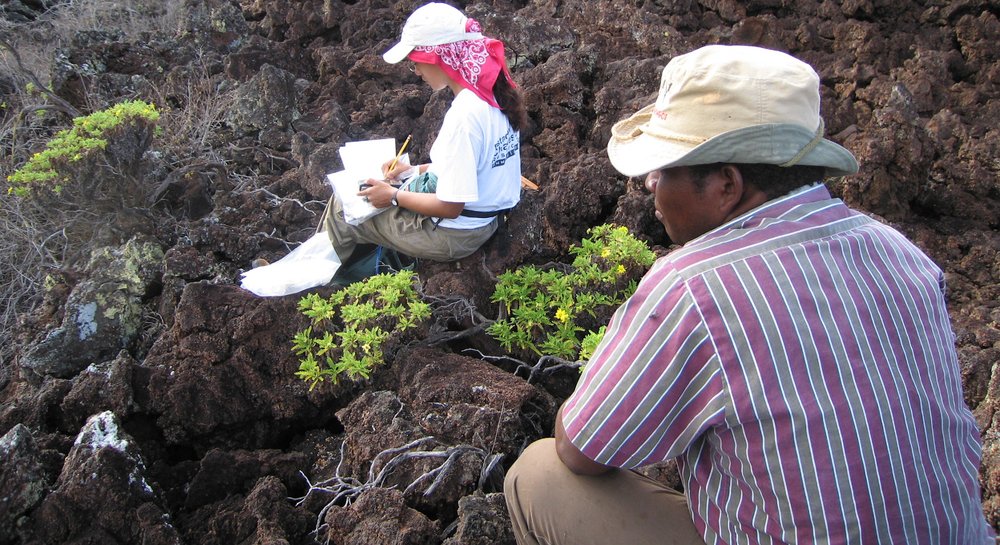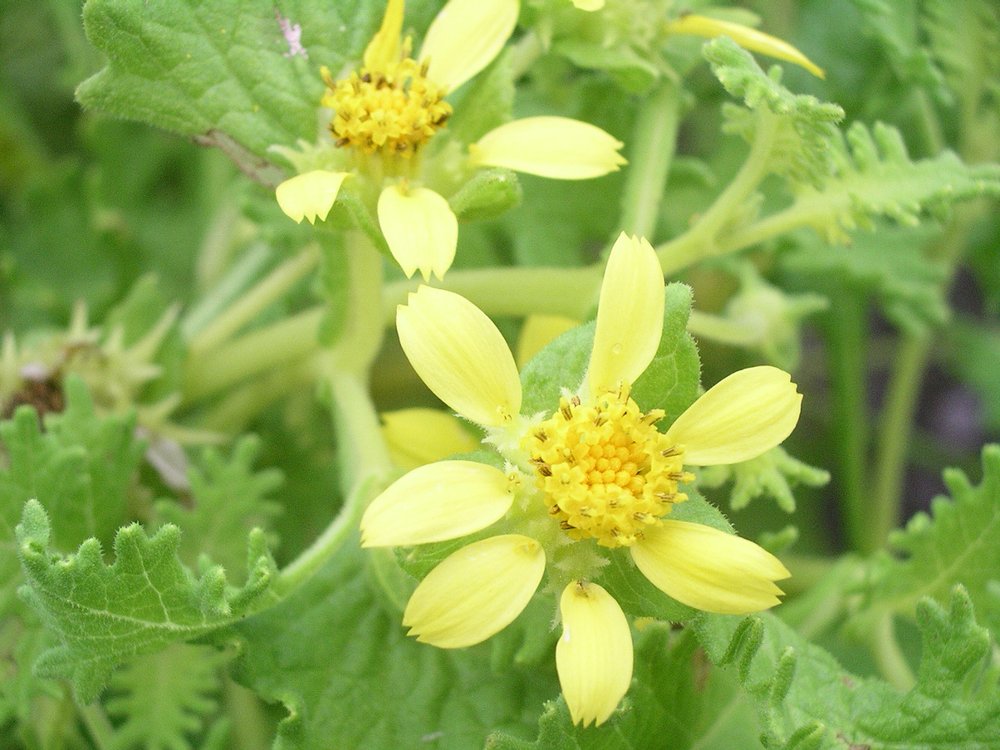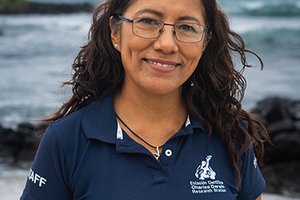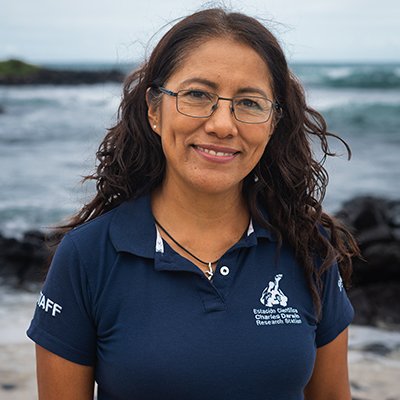A new study published by CDF scientists proposes a new classification of the taxa in the plant genus Lecocarpus, to comprise four different endemic species, that is, they are only found in Galapagos and are of great importance for the functioning of the archipelago’s ecosystem.

The four species (Lecocarpus leptolobus, L. lecocarpoides, L. darwinii, L. pinnatifidus) are all threatened according to the IUCN Red List, but their status and distribution were unclear. CDF botanists Alan Tye and Patricia Jaramillo Díaz, in a recent scientific publication, clarified that there are several species on different islands. These results arose from multiple expeditions to the islands beginning in 1998, with the aim of finding plant species threatened with extinction. This work was possible thanks to the field support of Galapagos National Park rangers, especially Jeffreys Málaga who took part in most of the expeditions.

“To look for the endemic plants, we explored places that are very difficult to reach. These are species with very limited distribution and in a critical state of conservation,” mentioned Dr Patricia Jaramillo Díaz, “we started on San Cristóbal island because that was the island where the taxonomic situation [of Lecocarpus] was confusing.”
The scientific paper presented three main results: the rediscovery of the species L. leptolobus, the confirmation of a subspecies on the islets of Española, and a morphological, distributional and taxonomic analysis of the genus Lecocarpus.
The full article published in the Botanical Journal of the Linnean Society can be downloaded at the following link:https://academic.oup.com/botlinnean/advance-article-abstract/doi/10.1093/botlinnean/boac026/6589955.







